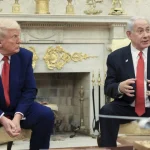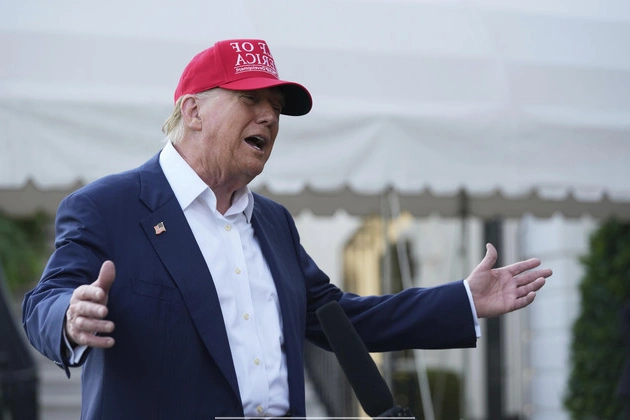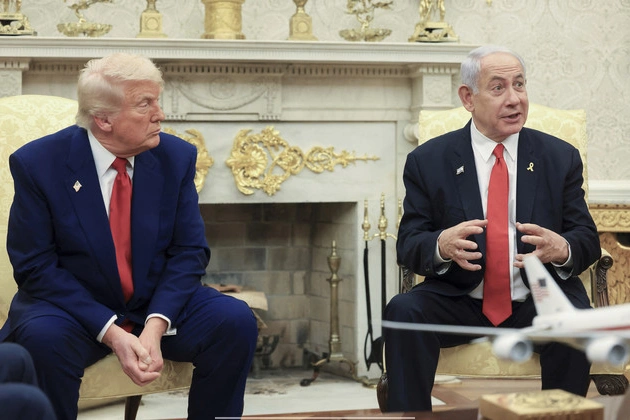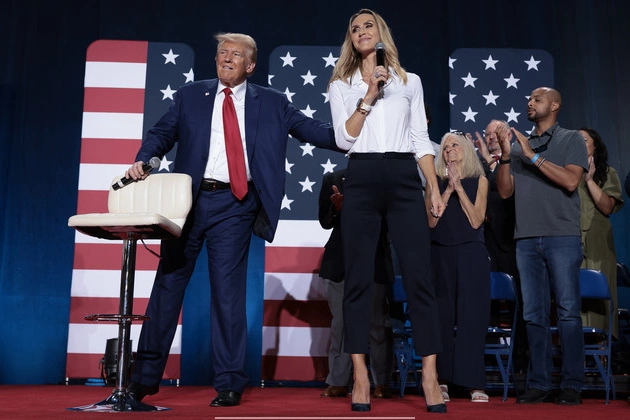
As world leaders navigate President Donald Trump’s tariffs, they face a crucial decision on how to respond. Different countries have pursued varying strategies, each with its own set of challenges and outcomes.
Varied Approaches to Tariff Response
Two prominent targets of Trump’s trade measures, Mexico and Canada, have taken contrasting approaches. While Canada has opted for a confrontational stance, including immediate trade retaliation, Mexico has chosen a more reserved path, seeking to buy time.
With the escalation of tariffs on steel and aluminum, along with the looming threat of reciprocal tariffs globally, other nations are closely observing these developments to shape their own responses. The choices made by these countries will significantly impact the trajectory of the global economy amidst escalating trade tensions.
Evaluating Response Strategies
The ongoing debate centers on whether it is more effective to acquiesce to pressure or stand up to aggressive trade policies. Both approaches have yielded mixed results in different scenarios, making it challenging to determine the best course of action.
European Union officials have been engaged in consultations with global counterparts to coordinate responses to U.S. tariffs. While the EU has announced retaliatory measures against American imports, it has refrained from aligning its strategy with other nations at this stage.
Implications of Retaliatory Measures
Canada and the EU have faced strong reactions from the White House due to their retaliatory actions. Trump’s responses to Canada’s fee hikes on exports and the EU’s tariff announcements have been characterized by threats of further escalation.
Commerce Secretary Howard Lutnick criticized Europe and Canada for their perceived lack of respect towards the U.S. and its economic interests. He contrasted their responses with what he viewed as a more pragmatic approach by Mexico and the U.K.
While Mexico has refrained from immediate retaliation, opting for negotiation and delay, the pressure to respond more assertively is mounting. The country’s economy is poised to be significantly impacted by the tariffs imposed by the Trump administration.
Global Responses to Tariffs
China’s measured response to U.S. tariffs, characterized by a delay in retaliation and a focus on negotiation, reflects a strategic approach aimed at reaching a mutually beneficial agreement. Experts suggest that Beijing is eyeing a trade deal similar to past agreements to alleviate trade restrictions.
Several countries, including Australia, Japan, the U.K., and Brazil, have refrained from immediate retaliation against U.S. tariffs. Instead, they are seeking exemptions or negotiations to address the trade barriers imposed by the U.S.
Potential for Negotiated Solutions
Amidst escalating tensions, countries like the U.K. and Australia are exploring diplomatic avenues for resolving trade disputes with the U.S. By emphasizing negotiation and economic agreements, these nations aim to mitigate the impact of tariffs on their economies.
While the threat of reciprocal tariffs looms large, diplomatic engagements and negotiations offer a glimmer of hope for de-escalating trade conflicts. Foreign leaders are cautiously optimistic about the prospect of finding mutually agreeable solutions to tariff disputes.
As the trade landscape continues to evolve, the importance of strategic responses and diplomatic engagement cannot be overstated. Finding a balance between assertiveness and negotiation is key to navigating the complex terrain of international trade in an era marked by escalating tensions.











